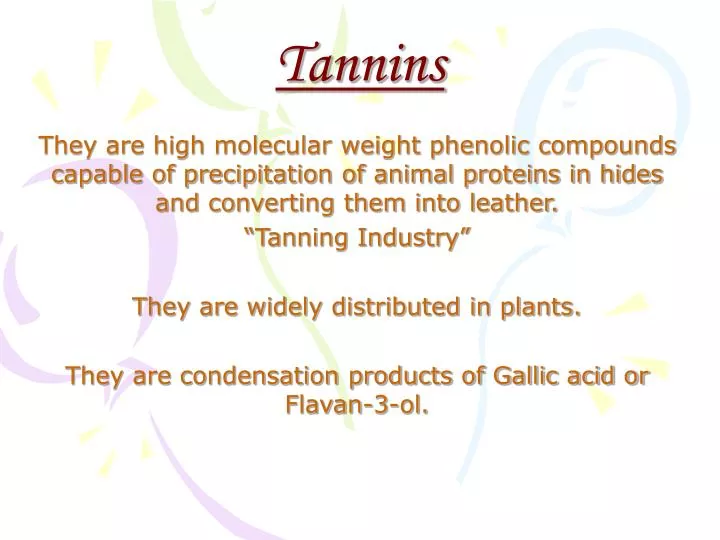

There are many more Shire Frisian names for the ladybug, but the names that I shared here suffice to demonstrate a special cultural tie with the ladybug. The Shire Frisian names for ladybug include hearehintsje (little hen of God, i.e., it is coloured like a chicken and so it looks like a tiny chicken it is called a hen or chicken of God because Frisians traditionally considered it holy while it is dedicated to God), leavehearsingeltsje (little angel of God), gouden ingeltsje (little golden angel), geloksbeestje (little animal of luck, i.e., the ladybug brings you luck) and geloksspintsje (little spider of luck the ancient Germanic peoples pictured fate as a web and so spiders and fate have already been closely associated since time immemorial). We put it back into nature, we obviously didn’t kill it. A ladybug is climbing on a branch filled with ripe elderberries. The English and Frisian languages are closely related languages, and they have been grouped together as Anglo-Frisian since the 19th century for this reason, which is a linguistic grouping that has merit as it helps to draw attention to the close similarity between the Frisian languages, Modern English and Scottish. The latter element is related to English beam.

The Shire Frisian word for elder tree is flearbeam. While the latter means berry, the former is derived from a West Germanic word, meaning elder(berry) or Sambucus. The Shire Frisian word flearbei, which means elderberry, consists of two elements: flear and bei. This botanical name finds its origin in Latin sambūcus elder tree, which is derived from sambūca a kind of instrument that was usually made of elder wood, which is derived from Ancient Greek σαμβῡ́κη. The botanical name for elderberry or elder is Sambucus. However, this knowledge can be easily revived because we still possess the words to describe our environment and all that we need to do is relearn these ancient Germanic words in order to classify our environment properly. The ancient Germanic tribes that inhabited Northwestern Europe were intimately familiar with all that grew around them, but this knowledge has been lost even though we speak Germanic languages. We learned to be more intimately familiar with wild-growing Germanic foods this year. Last year I began foraging acorns in the vicinity of Leeuwarden and apples on Schiermonnikoog. I have wanted to forage stinging nettle for a long time already since my father told me that he had foraged stinging nettle together with my mother when he was my age and used it as a vegetable. I foraged elderberries, stinging nettles and rose hips truly for the first time in my life, it was not just the first time in many years or the first time I did this in Leeuwarden after living in the Frisian cultural capital since 2009. This year I have foraged apples, stinging nettles, pears, blackberries, elderberries and rose hips for the first time in the vicinity of Leeuwarden. Foraging, for those who may not know, is searching for food in nature. I thought that the unusual planning of 2020 offered an excellent opportunity to seek out nature and improve our foraging skills which we had started developing last year. I felt motivated this summer and autumn to go foraging. Winter is a good time for reflecting on this year’s foraging experiences.


 0 kommentar(er)
0 kommentar(er)
